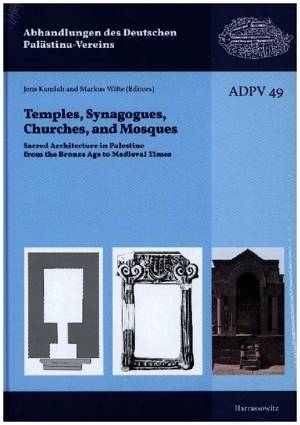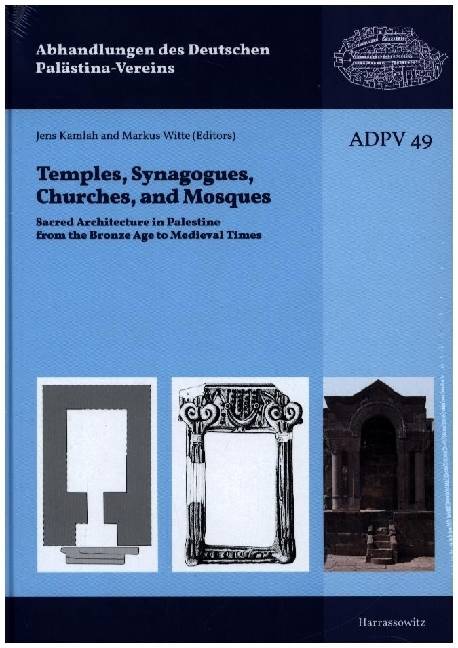
- Afhalen na 1 uur in een winkel met voorraad
- Gratis thuislevering in België vanaf € 30
- Ruim aanbod met 7 miljoen producten
- Afhalen na 1 uur in een winkel met voorraad
- Gratis thuislevering in België vanaf € 30
- Ruim aanbod met 7 miljoen producten
Zoeken
Temples, Synagogues, Churches, and Mosques
Sacred Architecture in Palestine from the Bronze Age to Medieval Times
€ 96,95
+ 193 punten
Omschrijving
The construction of sacred spaces has been shaped throughout millennia by the idea of a divine presence within the realm of human life. In the course of time, manifold and diverse architectural forms have been developed to express the idea of a divine presence at a particular place and to make it tangible there. Thus, religious architecture aims to enable a local and multi-dimensional encounter with the sacred. This volume provides thirteen contributions on temples, synagogues, churches, and mosques from ancient Palestine. These papers show developments within the Southern Levant, from the Early Bronze Age to the Late Islamic periods, related to the construction, use, and abandonment of religious buildings. The main architectural forms of the buildings in the different epochs are highlighted, as well as the continuities and discontinuities of diachronic developments. Symbolic, ideological, and social conceptions of sacred buildings are considered, as well as their communicative, representative, and regional aspects. Numerous plans, drawings, and photographs of the architectural remains and of individual elements (altars, benches, mosaics, columns) serve to illustrate the religious buildings discussed in this volume. A total of twenty-six color plates add to the volume's illustrations.
Specificaties
Betrokkenen
- Uitgeverij:
Inhoud
- Aantal bladzijden:
- 6
- Taal:
- Engels
- Reeks:
- Reeksnummer:
- nr. 49
Eigenschappen
- Productcode (EAN):
- 9783447121217
- Verschijningsdatum:
- 22/11/2023
- Uitvoering:
- Hardcover
- Formaat:
- Genaaid
- Afmetingen:
- 180 mm x 38 mm
- Gewicht:
- 1324 g

Alleen bij Standaard Boekhandel
+ 193 punten op je klantenkaart van Standaard Boekhandel
Beoordelingen
We publiceren alleen reviews die voldoen aan de voorwaarden voor reviews. Bekijk onze voorwaarden voor reviews.










